Smartphones got better in many ways this past year. They're taking better photos, as you can see in our various 200-photo face-offs between the best camera phones. They're delivering more performance muscle, which comes in especially handy when you go to play graphically demanding games on the latest phones. And more devices are coming with AI-powered features, with a lot of that advanced processing happening solely on the phone for faster turnaround and enhanced privacy.
And yet, very little of this would be possible if your phones weren't lasting longer on a charge.
Think about it. Anytime you're engaged in a marathon photo session or blasting away baddies on your phone's expansive display, you're drawing a lot of power from the phone's battery. The same goes with on-device AI, which can also put a hit on your phone's endurance. And that's before we even think about other features like fast-refreshing displays or streaming video binges.
Without longer-lasting batteries, all of us would be searching for a power outlet to plug into much earlier in the day. Instead, if you're carrying around a phone released in the last year or so, you're able to go from dawn to dusk before you even need to think about a recharge.
To me, that's been the best development for smartphones in 2024. I'm never going to dismiss great camera output, and I'll admit that some AI features look promising. But that's able to happen because smartphone batteries are now up to all the tasks we're throwing at our phone.
Smartphone battery life: What we've seen
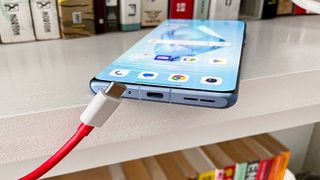
I've seen this firsthand, as I oversee the best phone battery life rankings that reflect how newly tested handsets fare on our battery test. When our lab gets its hands on a phone, we run a number of different tests, but one of the more significant tests centers around battery life. We set a phone's screen brightness to 150 nits to ensure comparable results, and then we have a fully charged phone surf the web until it runs out of power, timing the results. Then, we run that same test a few more times to make sure none of the results are outliers. We not only do this for the default display setting, but we also adjust the refresh rate on phones when possible to gauge what kind of impact that has on battery life.
An average phone lasts longer than 10 hours on this test, so phones that hold out for 12 hours or are well ahead of the curve. But a phone needs to endure for close to 14.5 hours on our test if it has any hope of breaking into the rankings of the top 15 longest-lasting phones we've tested in the last 18 months. Not long ago, the threshold was about 1.5 hours shorter.
Consider that in 2024, we've seen the Asus ROG Phone 9 Pro post the best result ever on our battery test, as it posted an unbelievable time of 20 hours and 34 minutes on our test. That topped another Asus device that debuted right at the start of year with its own record time of 18 hours and 48 minutes. We even saw a phone not specifically designed for gaming — the midrange OnePlus 12R — sneak past the 18-hour mark, the first time we've ever had three phones last that long in a single year.
Swipe to scroll horizontally
| Row 0 - Cell 0 | Date released | Battery size | Battery life (Hrs:Mins) |
| Asus ROG Phone 9 Pro | November 2024 | 5,800 mAh | 20:34 |
| Asus ROG Phone 8 Pro | January 2024 | 5,500 mAh | 18:48 |
| OnePlus 12R | February 2024 | 5,500 mAh | 18:08 |
| iPhone 16 Pro Max | September 2024 | 4,685 mAh | 17:17 |
| OnePlus 12 | February 2024 | 5,400 mAh | 17:05 |
| Asus Zenfone 11 Ultra | April 2024 | 5,500 mAh | 17:01 |
| Samsung Galaxy S24 Ultra | January 2024 | 5,000 mAh | 16:45 |
| iPhone 16 Plus | September 2024 | 4,674 mAh | 16:29 |
| Samsung Galaxy S24 Plus | January 2024 | 4,900 mAh | 15:58 |
| Moto G Stylus 5G 2024 | May 2024 | 5,000 mAh | 15:01 |
The last 12 months has also brought us the longest-lasting iPhone we've ever tested (the iPhone 16 Pro Max) and the Galaxy S flagship with the best battery life (the Galaxy S24 Ultra). Even more impressively, all the phones in both the iPhone 16 and Galaxy S24 lineups posted improved results over their predecessors from 2023. That usually happens with some models released by the top phone makers, but to see every new model outperform the battery life of the previous year's edition is a rare occurrence.
Even more rare is to find a foldable phone among our longest-lasting devices, but try telling that to the Motorola Razr Plus (2024), which snuck in our list with an average result of 14 hours and 10 minutes. (The less expensive Motorola Razr just missed landing on the list, though it also topped 14 hours.) Because foldable phones have an inner and outer display drawing power — and because inner display can be super-sized when unfolded — it's difficult for those types of phones to last throughout the day without needing a recharge. But Motorola seems to have cracked the formula.
Google, too, has not fared particularly well in battery testing with its recent releases, but 2024 saw a breakthrough from the phone maker. All three non-folding Pixel 9 models lasted at least 12.5 hours in our tests, with the Pixel 9 Pro in particular posting a 13.5-hour average. That's not going to land you on our list of longest-lasting phones, but it's a big improvement when earlier Google flagships struggled to outlast the average phone.
Why battery life is getting better
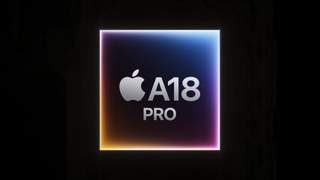
So what's happening here? Part of the explanation boils down to bigger batteries. The iPhone 16 Pro Max saw its battery size increase from the iPhone 15 Pro Max. And while the Galaxy S24 Ultra has the same-sized power pack as its predecessor, we're talking about a 5,000 mAh cell. You should be able to wring a lot of power out of a cell that large.
But something else is at play here, too. The chipsets phones are using are becoming more power-efficient as phone makers recognize that smartphone shoppers want longevity as much as they want speed. Certainly, the Snapdragon 8 Gen 3 that powered a lot of the best Android phones to come out this year promised to use less energy while delivering the same amount of power, and our battery test numbers bear out that claim, as the Galaxy S24 models and the OnePlus 12 rode the improved power management features to better battery test times.
In the case of the iPhone, Apple is reaping the benefits of using a 3-nanometer process for its new A18 chips inside the iPhone 16 models. As silicon shrinks, the transistors are positioned closer together, providing boosts to both performance and efficiency.
Like the A18 silicon, the new Snapdragon 8 Elite system-on-chip that powers the Asus ROG Phone 9 Pro and should show up in the upcoming Galaxy S25 models is a 3nm chip. So it's not unreasonable to expect better battery life from the Android phones we're going to see in 2025, even if battery sizes don't increase dramatically.
Battery life — where we go from here

After all, there's only so much space inside a phone to fit a bigger battery. To deal with those limitations, phone makers are looking to new technologies that packs greater density into batteries without increasing their size (and just as importantly, without causing your phone to run hotter). The newly released Oppo Find X8 lineup uses silicon-carbon anode technology to pack more energy into less space, so that phones can last longer without requiring a bigger battery size.
We saw the benefits of that approach when we reviewed the Oppo Find X8 Pro and saw how long it lasted in every day use. That phone's unlikely to reach the U.S., but other devices that turn to alternative battery technologies will, and consumers should reap the rewards in the form of longer-lasting devices.
But that's the future. For now, let's appreciate what we have, which is a batch of recently released phones that put a premium on long battery life. At a time when so many things are trending in the wrong direction, your phone's longevity doesn't appear to be one of them.
More from Tom's Guide
- OnePlus 13R vs. OnePlus 12R: Biggest expected upgrades
- Samsung Galaxy S25 Ultra vs. iPhone 16 Pro Max: Which phone will win?
- iPhone 17 rumors — everything we know so far
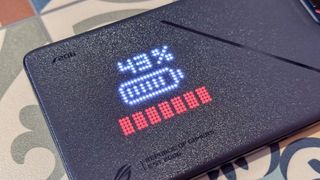
![How Performance Marketing + Brand Fuels Traffic Growth And Conversions [Webinar] via @sejournal, @hethr_campbell](https://www.searchenginejournal.com/wp-content/uploads/2024/12/featured-963.png)

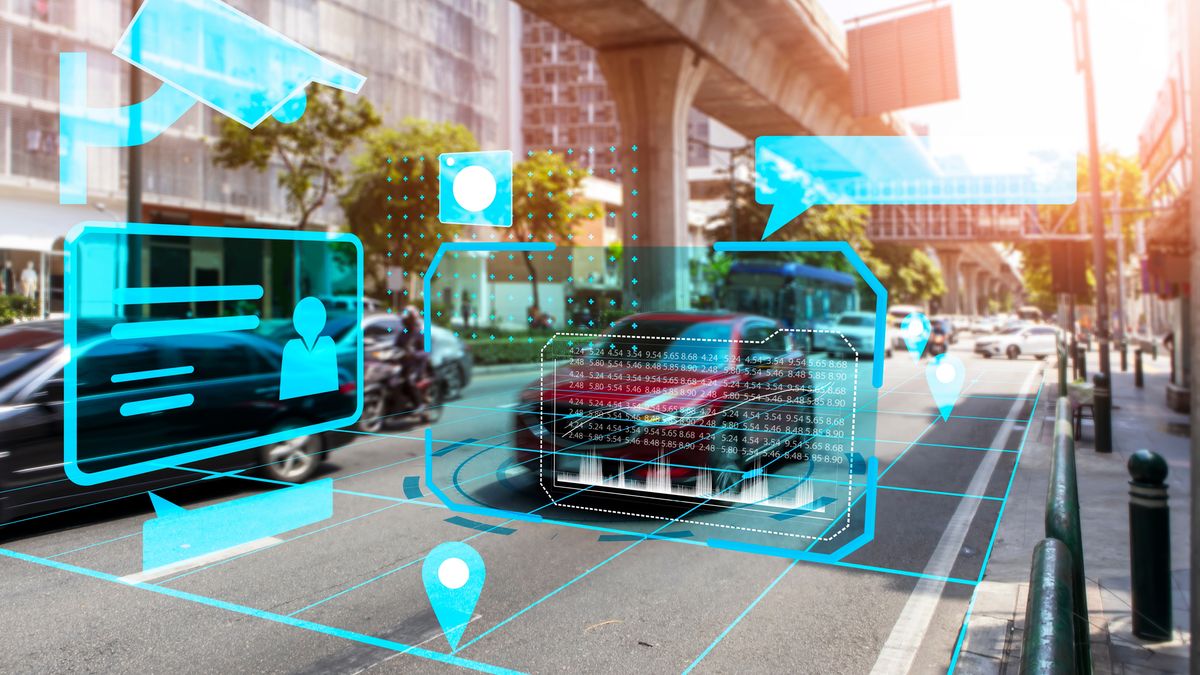
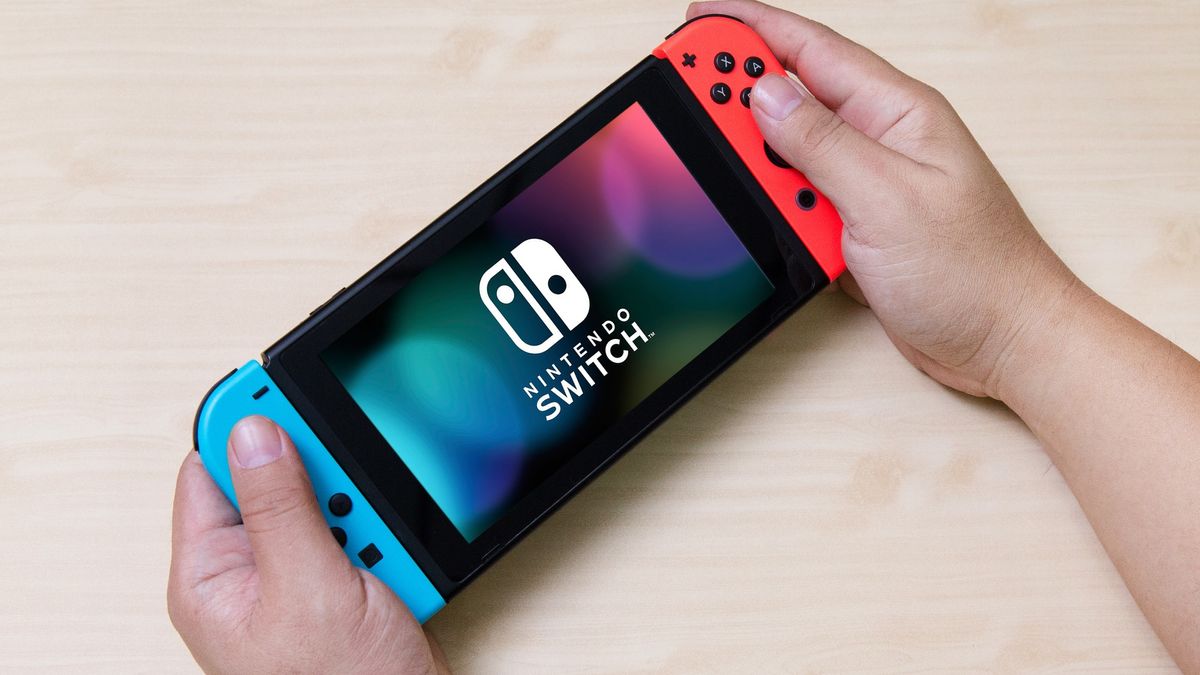



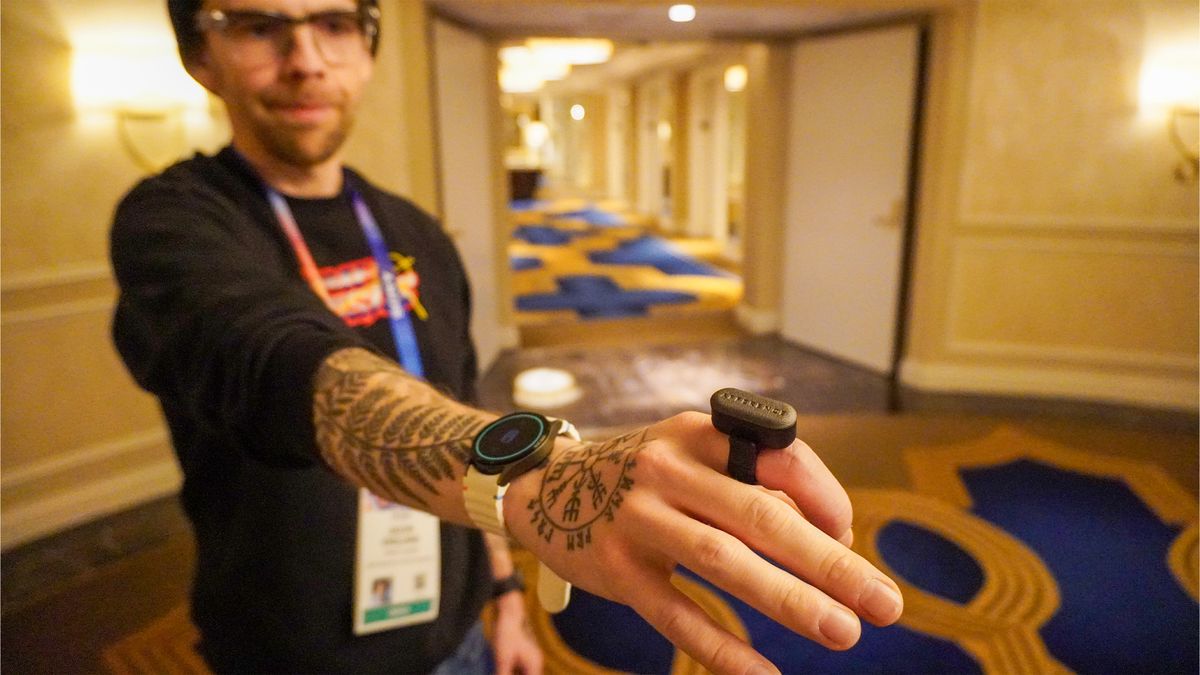

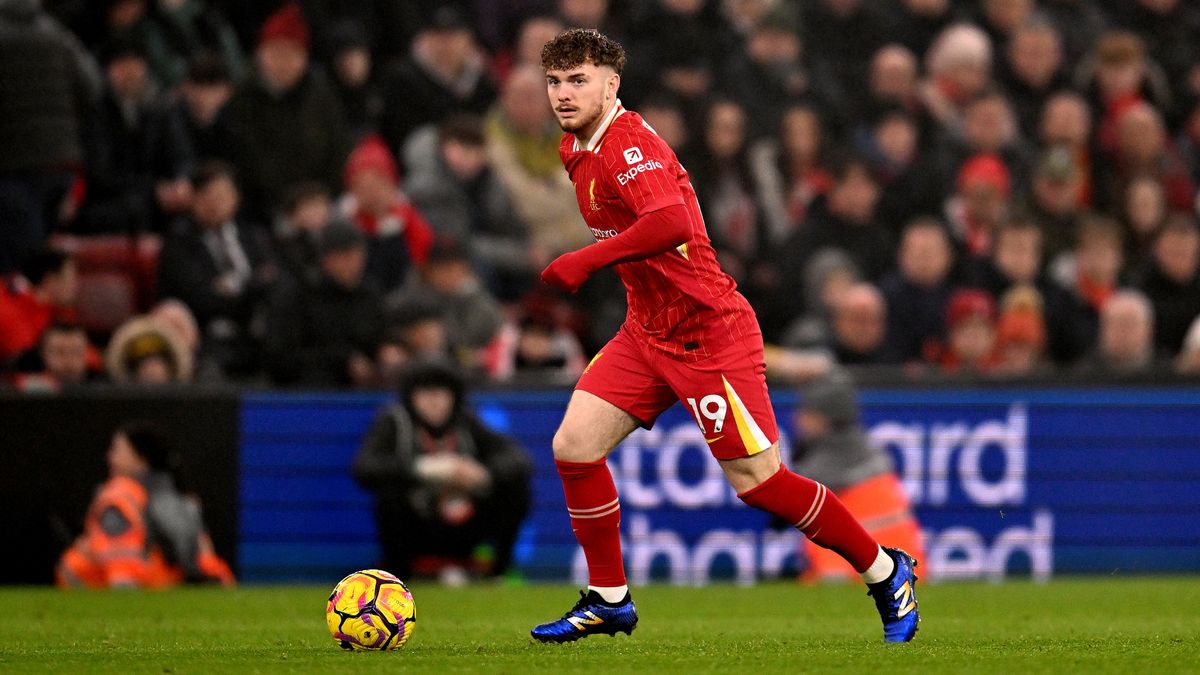

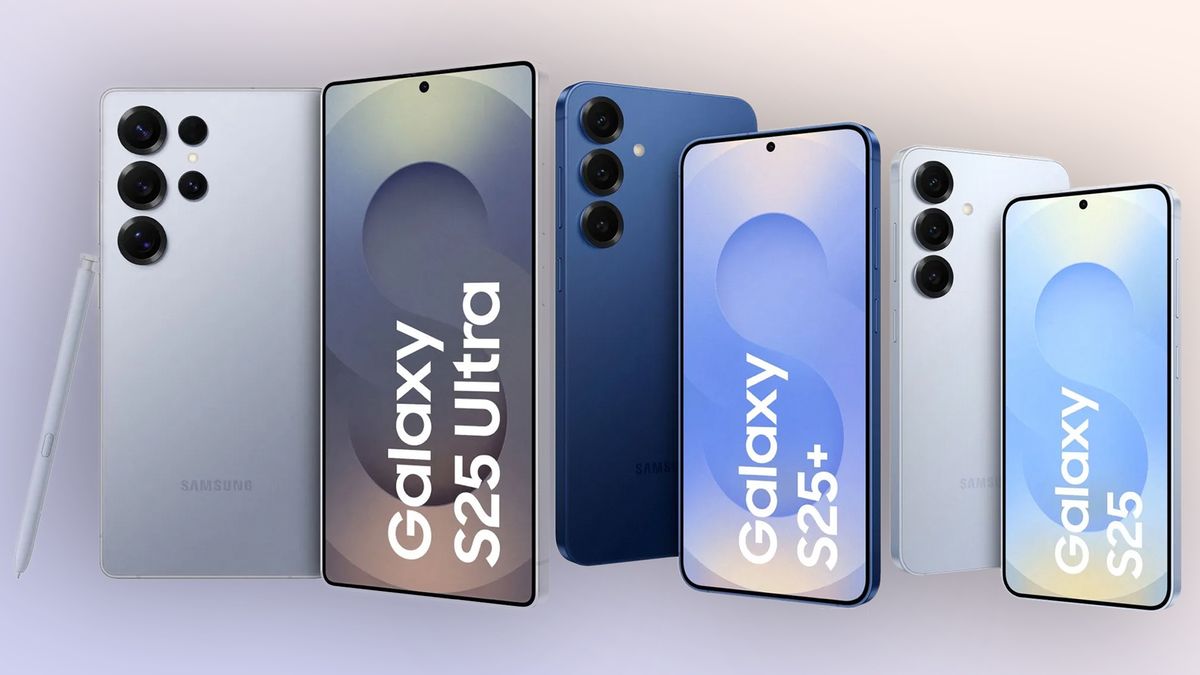








 English (US) ·
English (US) ·